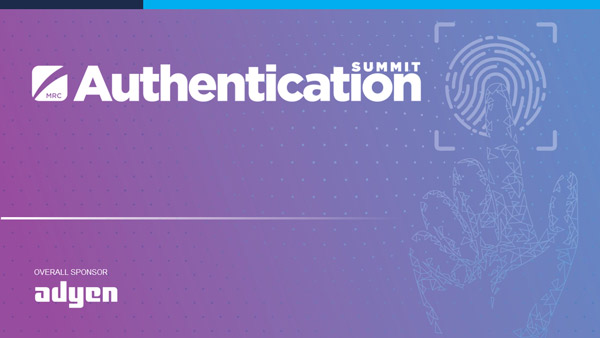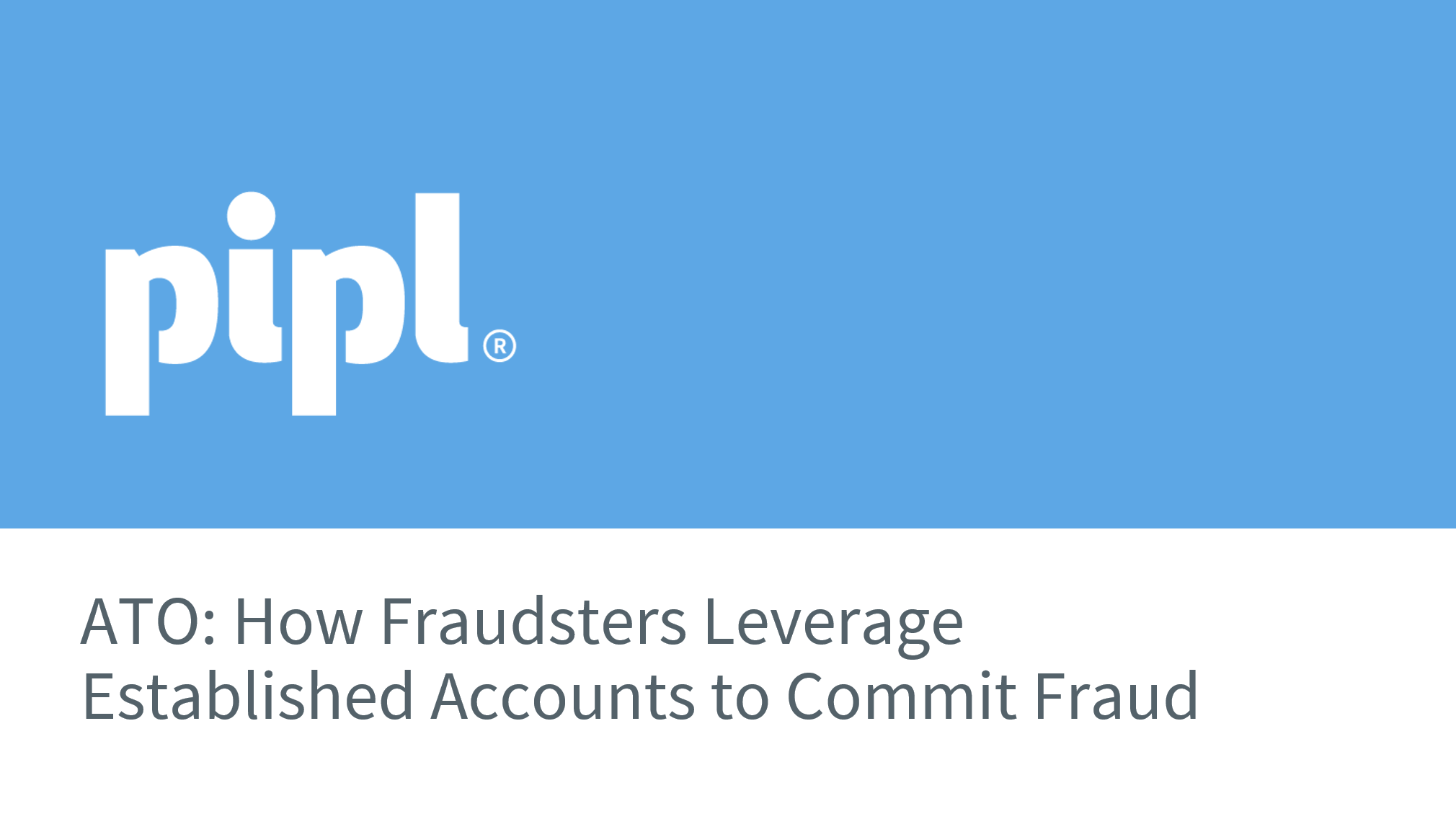Best Practices for Online Trust and Safety
Identity Fraud
Identity Theft
Pipl
Dec 02, 2022
Whitepapers
At the core of trust in online engagements is digital identity verification. And at the core of identity verification is identity trust. If a user’s identity can’t be verified, how can that user be trusted? Even with verified identities, it’s even more important to establish that the individual behind the identity can be trusted. This guide provides best practices any organization can follow to develop effective trust and safety initiatives to protect their platform and their users.
Some content is hidden, to be able to see it login here Login
Tagged:

Host a Webinar with the MRC
Help the MRC community stay current on relevant fraud, payments, and law enforcement topics.
Submit a Request
Publish Your Document with the MRC
Feature your case studies, surveys, and whitepapers in the MRC Resource Center.
Submit Your Document
Related Resources
There are no related Events
There are no related Surveys







